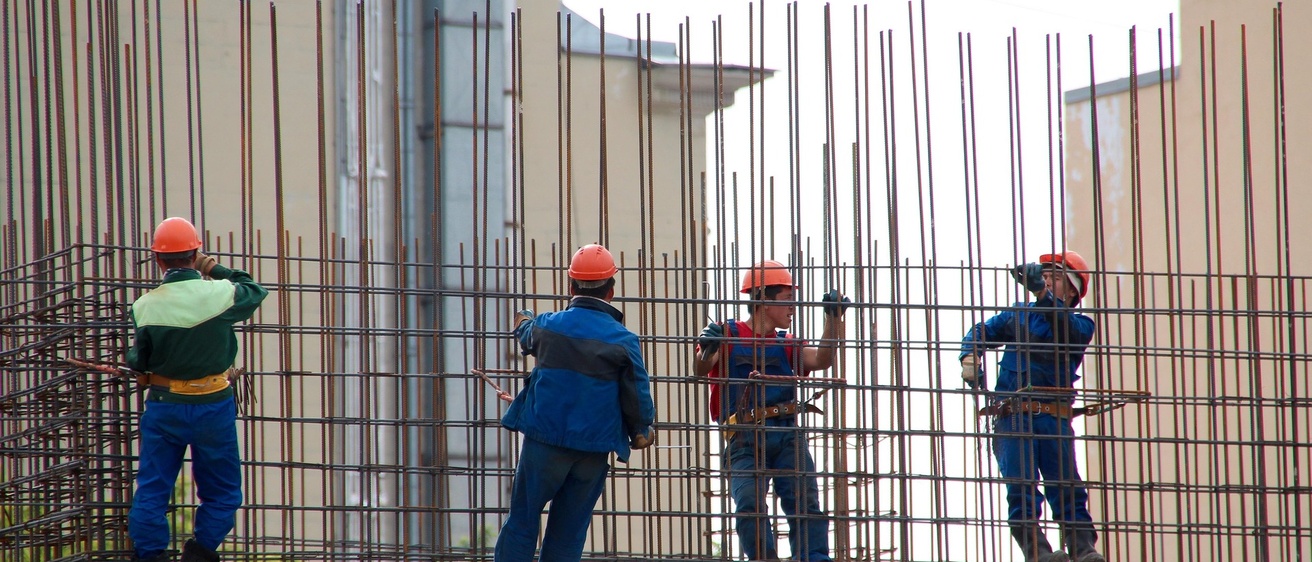People-Centered Design
Designing buildings with people in mind leads to healthier, and sustainable environments. This approach prioritizes comfort, wellness, and functionality through thoughtful design choices that enhance indoor air quality, natural light, and overall productivity. It also integrates energy efficiency, green cleaning practices, green roofs, and stormwater management strategies to reduce environmental impact. Together, these elements create buildings that support both human well-being and ecological responsibility.
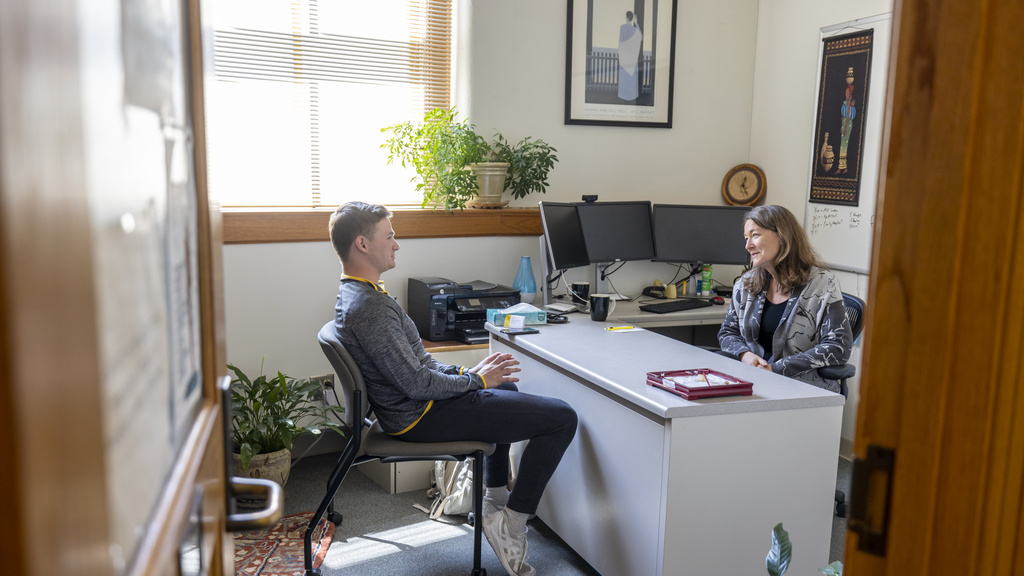
Put Nature To Work
Discover simple ways to bring nature into your workspace to boost well-being.
Sustainable Building Features
Green Roofs
Green roofs on the Pappajohn Biomedical Discovery Building, Visual Arts Building, and Seamans Center help manage stormwater, reduce energy use, and improve comfort for those inside by providing insulation and a cooler, more pleasant environment.
Green Cleaning
Facilities Management Custodial Services protects the environment by using green-certified cleaning products, microfiber cloths, and LEED-certified equipment to perform safe, sustainable cleaning.
Energy Efficiency
The university conserves energy by upgrading outdated lighting to high-efficiency LED fixtures and using web-based systems to remotely manage lighting and temperature, ensuring resources are only used when needed.
Design, Construction, and Operation
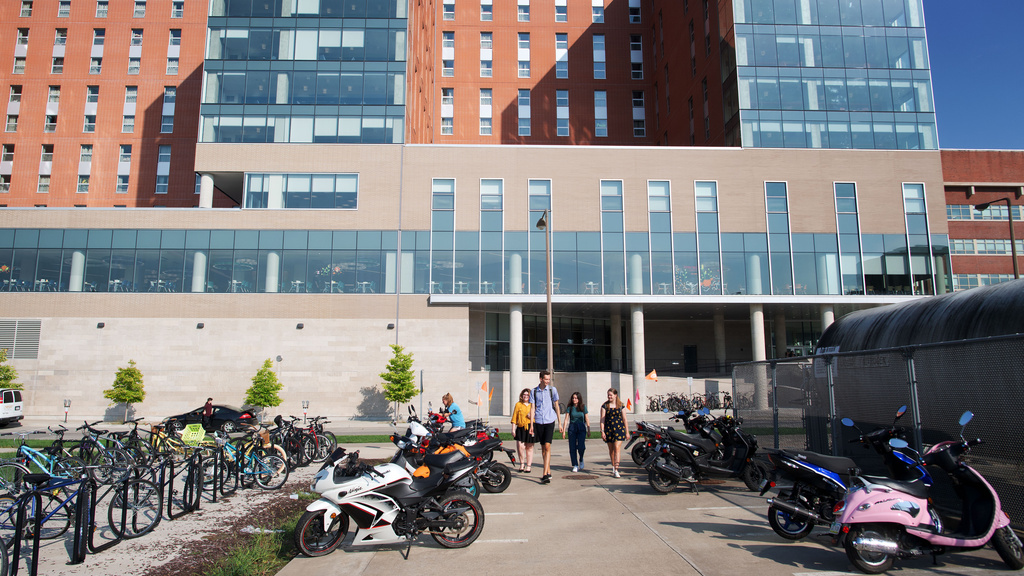
LEED Certified Buildings
See campus buildings designed and constructed with sustainability in mind.
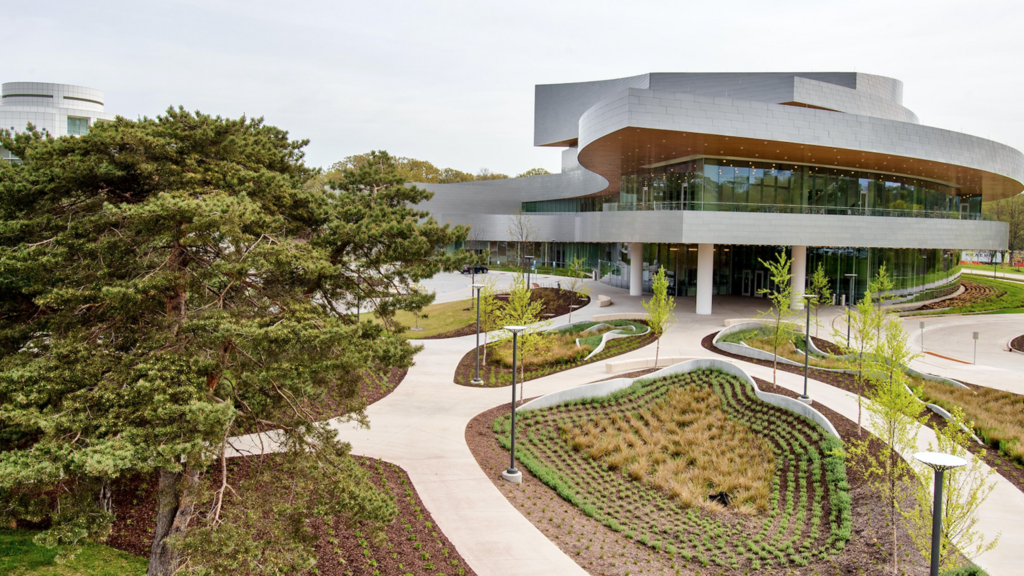
Stormwater Management
Learn how the university manages water that falls on its roads, roofs, and parking lots.
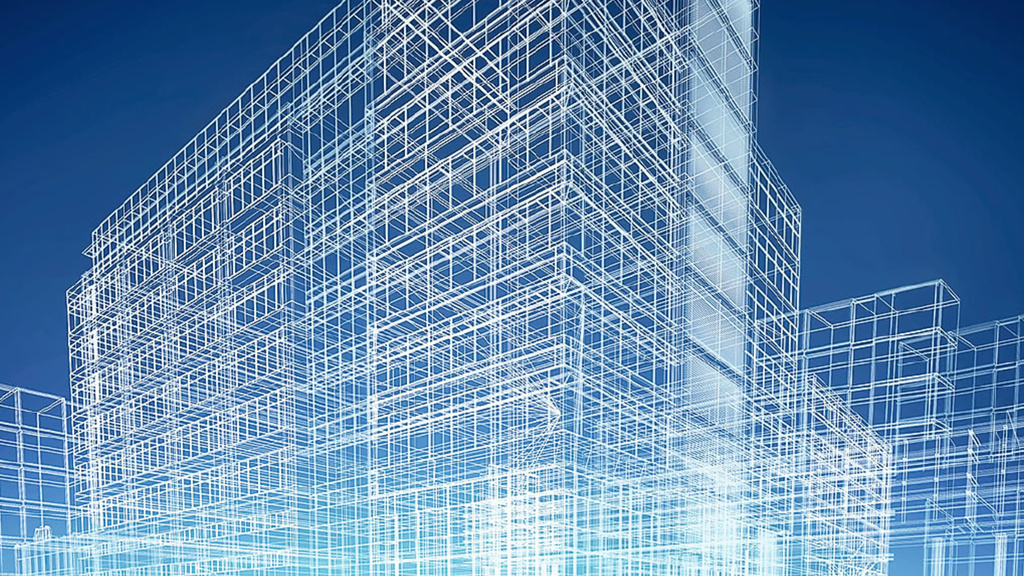
Fault Detection and Diagnostics
FDD software monitors over 100,000 data points in 52 buildings to catch system issues early.
